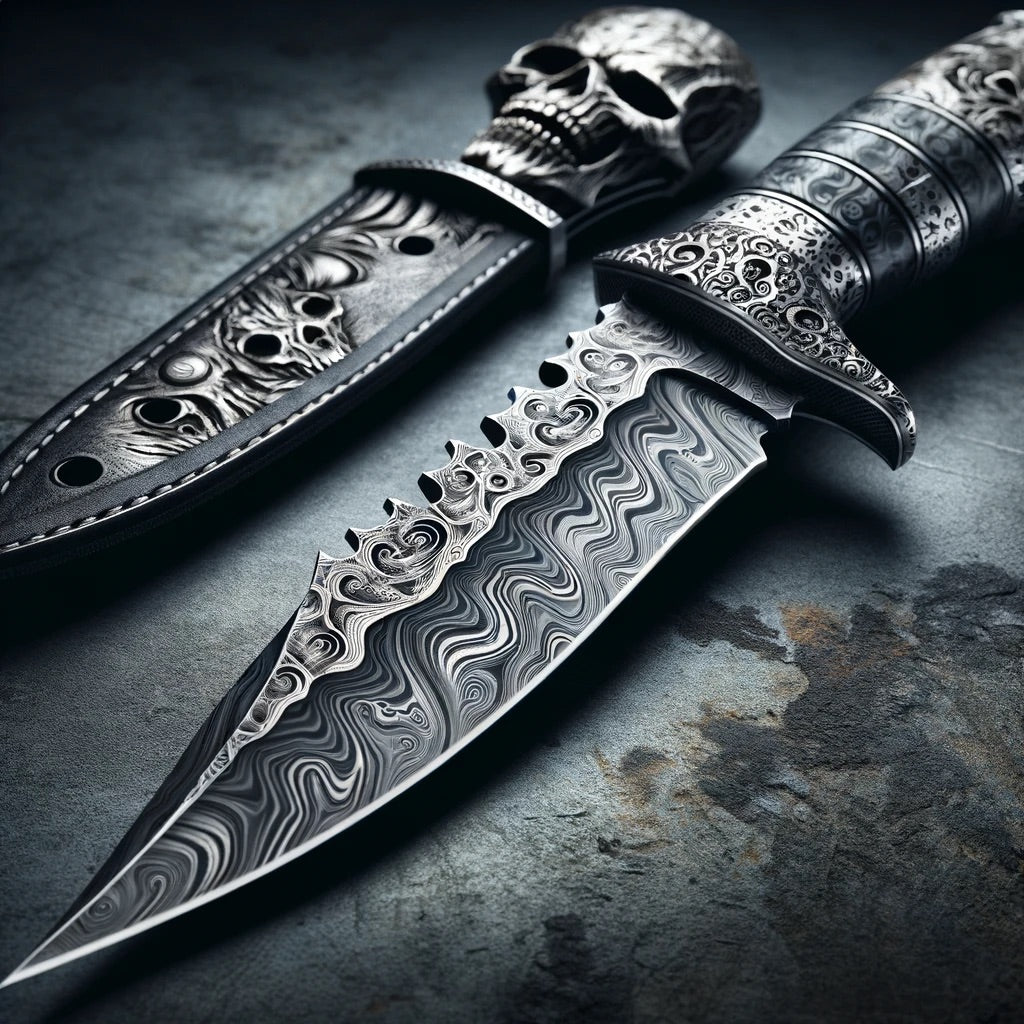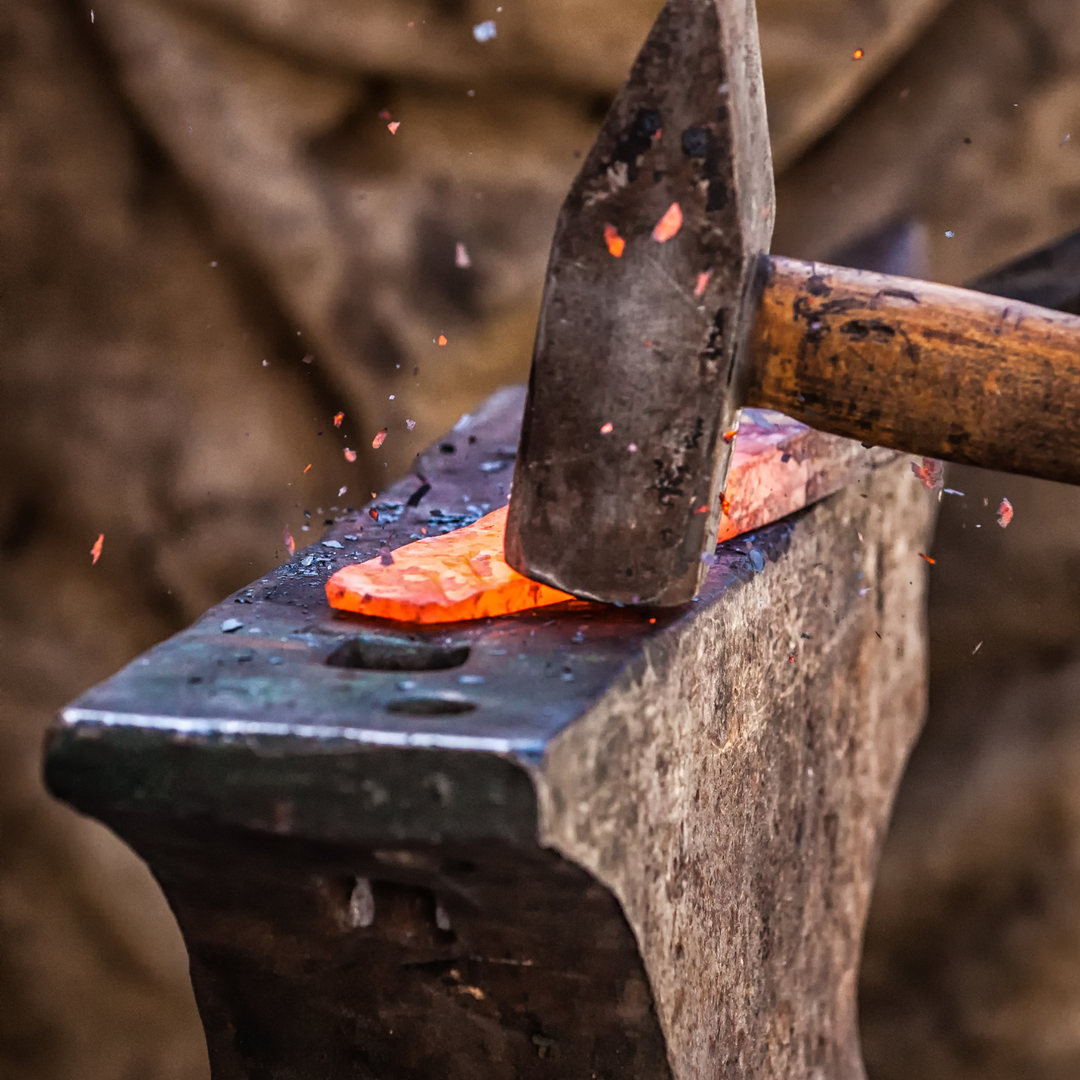The Ultimate Chef Knife List: Types and Uses
Introduction
Welcome to the world of culinary arts, where the chef’s knife reigns supreme as the quintessential tool in every kitchen. This versatile implement is not just a blade; it’s a chef’s best friend, capable of transforming ingredients into culinary masterpieces. The right knife not only enhances the cooking experience but also ensures precision and efficiency in every slice. Join us as we delve into the diverse universe of chef knives, exploring their history, types, and the art of choosing the perfect blade for your culinary adventures.
Section 1: Understanding Chef Knives
A chef knife, characterized by its broad blade that tapers to a point, serves as the backbone of kitchen tools. Originating from France and Germany, the evolution of the chef knife has been influenced by both culinary tradition and technological innovation. Typically, the blade measures between 6 to 14 inches, crafted from a variety of materials like stainless steel, carbon steel, and ceramic, each offering distinct benefits.
Section 2: Types of Chef Knives
• European-Style Chef Knife
Robust and versatile, the European-style chef knife features a slightly curved edge perfect for rocking cuts. It excels at chopping vegetables, slicing meat, and other general kitchen tasks.
• Japanese-Style Chef Knife (Gyuto)
The Gyuto is lighter and thinner than its European counterparts, offering precision and agility. Ideal for slicing fish, cutting meat, and chopping vegetables with fine control.
• Santoku Knife
“Santoku” translates to “three virtues,” highlighting its prowess in slicing, dicing, and mincing. With a shorter blade, it’s well-suited for kitchen tasks requiring finesse.
• Utility Knife
Smaller than a chef’s knife but larger than a paring knife, the utility knife tackles a variety of medium-sized tasks, from slicing fruits to cutting sandwiches.
• Paring Knife
With its small blade, the paring knife is perfect for intricate tasks like peeling fruits, deveining shrimp, and other precision work.
• Bread Knife
The serrated edge of a bread knife makes it a must-have for slicing through crusty loaves, soft bread, and even tomatoes, ensuring a clean cut without squashing.
• Cleaver
Designed for heavy-duty tasks, the cleaver makes light work of chopping through meat and bone, thanks to its thick, weighty blade.
• Nakiri Knife
Featuring a straight edge and a square tip, the Nakiri knife is specialized for cutting vegetables, offering clean, uniform slices.
• Boning Knife
Flexible and sharp, the boning knife is adept at removing meat from bones and cutting through tendons, making it indispensable for preparing meat and fish.
• Filleting Knife
With a long, slender blade, the filleting knife is designed to move smoothly along the backbone and under the skin of fish, ensuring delicate fillets.
Section 3: Choosing the Right Chef Knife
Selecting the right chef knife involves considering factors such as blade material, handle comfort, and balance. The choice of steel affects the knife’s sharpness, durability, and maintenance requirements, while the handle should fit comfortably in your hand for safe and efficient use. It’s advisable to handle a knife before purchasing, testing its weight and balance.
Section 4: Care and Maintenance
Proper care extends the life of your chef knives. Clean them by hand to prevent damage, and store them in a knife block or on a magnetic strip to keep edges sharp. Regularly sharpening and honing your knives ensures they remain ready to tackle any culinary challenge.
Conclusion
Chef knives are the cornerstone of culinary success, blending artistry with utility. Whether you’re a seasoned chef or a home cooking enthusiast, investing in quality knives and maintaining them with care elevates your cooking to new heights. Embrace the journey of mastering your blades, and let your culinary creativity flourish.
Call to Action
What’s your go-to chef knife, and how has it transformed your cooking experience? Share your stories and tips in the comments below, and join our community of culinary aficionados eager to learn and grow together. Don’t forget to follow our blog for more insightful guides into the culinary world.
This article provides a comprehensive guide to the types of chef knives available, their specific uses, and tips for selecting and caring for these essential kitchen tools.
Introduction
Welcome to the world of culinary arts, where the chef’s knife reigns supreme as the quintessential tool in every kitchen. This versatile implement is not just a blade; it’s a chef’s best friend, capable of transforming ingredients into culinary masterpieces. The right knife not only enhances the cooking experience but also ensures precision and efficiency in every slice. Join us as we delve into the diverse universe of chef knives, exploring their history, types, and the art of choosing the perfect blade for your culinary adventures.
Section 1: Understanding Chef Knives
A chef knife, characterized by its broad blade that tapers to a point, serves as the backbone of kitchen tools. Originating from France and Germany, the evolution of the chef knife has been influenced by both culinary tradition and technological innovation. Typically, the blade measures between 6 to 14 inches, crafted from a variety of materials like stainless steel, carbon steel, and ceramic, each offering distinct benefits.
Section 2: Types of Chef Knives
• European-Style Chef Knife
Robust and versatile, the European-style chef knife features a slightly curved edge perfect for rocking cuts. It excels at chopping vegetables, slicing meat, and other general kitchen tasks.
• Japanese-Style Chef Knife (Gyuto)
The Gyuto is lighter and thinner than its European counterparts, offering precision and agility. Ideal for slicing fish, cutting meat, and chopping vegetables with fine control.
• Santoku Knife
“Santoku” translates to “three virtues,” highlighting its prowess in slicing, dicing, and mincing. With a shorter blade, it’s well-suited for kitchen tasks requiring finesse.
• Utility Knife
Smaller than a chef’s knife but larger than a paring knife, the utility knife tackles a variety of medium-sized tasks, from slicing fruits to cutting sandwiches.
• Paring Knife
With its small blade, the paring knife is perfect for intricate tasks like peeling fruits, deveining shrimp, and other precision work.
• Bread Knife
The serrated edge of a bread knife makes it a must-have for slicing through crusty loaves, soft bread, and even tomatoes, ensuring a clean cut without squashing.
• Cleaver
Designed for heavy-duty tasks, the cleaver makes light work of chopping through meat and bone, thanks to its thick, weighty blade.
• Nakiri Knife
Featuring a straight edge and a square tip, the Nakiri knife is specialized for cutting vegetables, offering clean, uniform slices.
• Boning Knife
Flexible and sharp, the boning knife is adept at removing meat from bones and cutting through tendons, making it indispensable for preparing meat and fish.
• Filleting Knife
With a long, slender blade, the filleting knife is designed to move smoothly along the backbone and under the skin of fish, ensuring delicate fillets.
Section 3: Choosing the Right Chef Knife
Selecting the right chef knife involves considering factors such as blade material, handle comfort, and balance. The choice of steel affects the knife’s sharpness, durability, and maintenance requirements, while the handle should fit comfortably in your hand for safe and efficient use. It’s advisable to handle a knife before purchasing, testing its weight and balance.
Section 4: Care and Maintenance
Proper care extends the life of your chef knives. Clean them by hand to prevent damage, and store them in a knife block or on a magnetic strip to keep edges sharp. Regularly sharpening and honing your knives ensures they remain ready to tackle any culinary challenge.
Conclusion
Chef knives are the cornerstone of culinary success, blending artistry with utility. Whether you’re a seasoned chef or a home cooking enthusiast, investing in quality knives and maintaining them with care elevates your cooking to new heights. Embrace the journey of mastering your blades, and let your culinary creativity flourish.
Call to Action
What’s your go-to chef knife, and how has it transformed your cooking experience? Share your stories and tips in the comments below, and join our community of culinary aficionados eager to learn and grow together. Don’t forget to follow our blog for more insightful guides into the culinary world.
This article provides a comprehensive guide to the types of chef knives available, their specific uses, and tips for selecting and caring for these essential kitchen tools.






Leave a comment